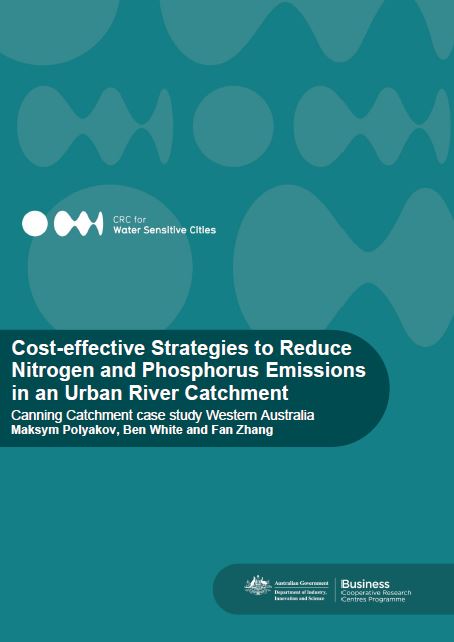Cost-effective Strategies to Reduce Nitrogen and Phosphorus Emissions in an Urban River Catchment
A new publication on the policy and management actions needed to reduce nutrient pollution in an urban river catchment suggests that environmental protection requires incentives that foster greater action by households, farms, sports clubs.
Non-point source emissions of nitrogen and phosphorus, from gardens, agriculture, public open space, sports fields and septic tanks, continue to pose an ongoing threat to the ecological health of Western Australia’s Swan Canning Estuary, a system with high recreational and ecological value to the Perth community.
Cost-effective Strategies to Reduce Nitrogen and Phosphorus Emissions in an Urban River Catchment provides an economic analysis, for a long term planning horizon, of a catchment-wide approach to reducing nitrogen and phosphorus levels in the system. Concluding that a strong set of actions will be required to achieve reduction targets for nitrogen and phosphorus, it outlines the need for a policy design and legislative framework that can minimize the costs of achieving abatement targets required to protect the catchment ecosystem.
Get the report here.
